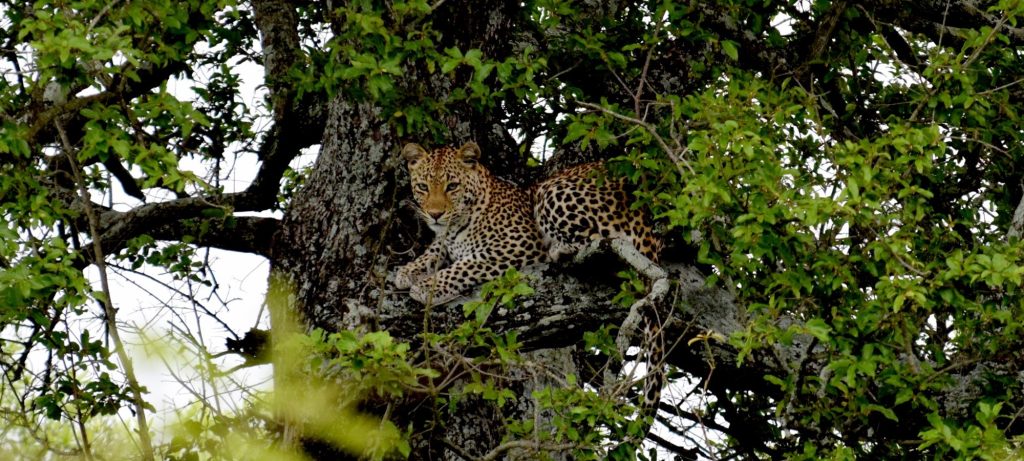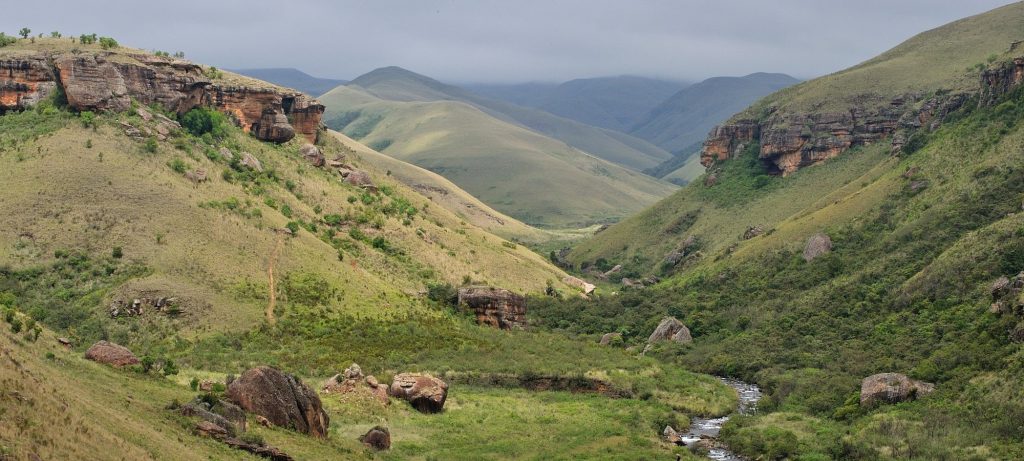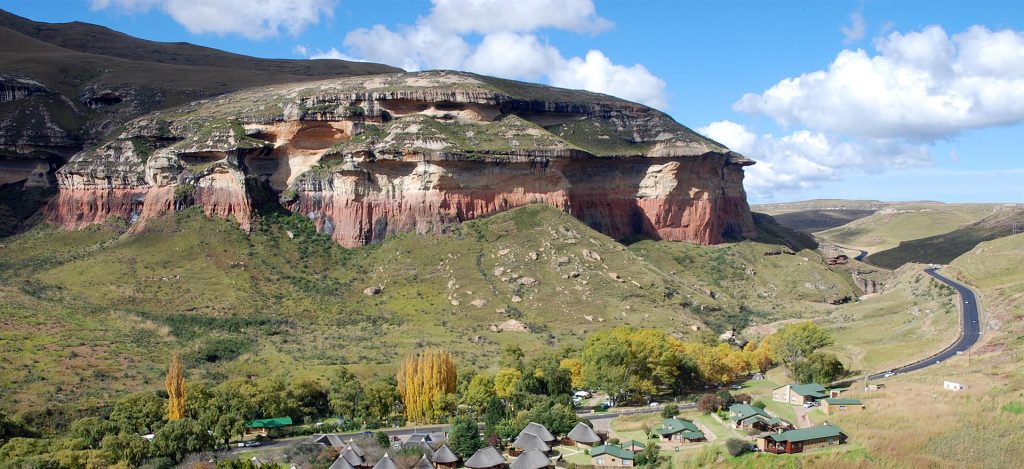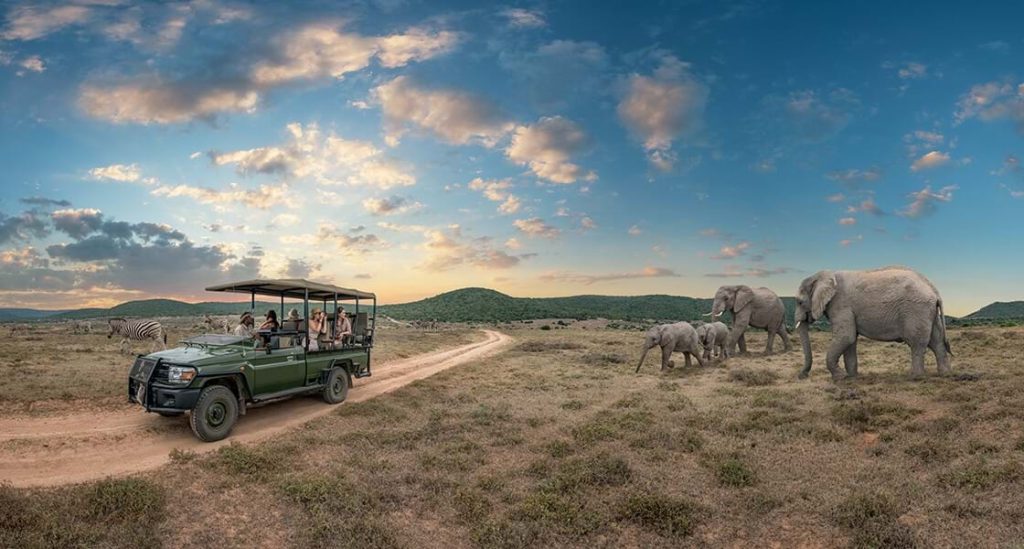South Africa Top Destinations
Namaqua National Park
Namaqua National Park, positioned around 495 km north of Cape Town and 22 km northwest of Kamieskroon, is a renowned South African national park. It forms a part of Namaqualand, which falls within the semi-desert Succulent Karoo biome. This particular biome is globally recognized as a biodiversity hotspot, boasting the highest abundance of succulent plants. Situated near South Africa’s border with Namibia, Namaqua National Park can be found in the Northern Cape Province.
By Road:
Situated in the Northern Cape, the Namaqua National Park is conveniently located 67 kilometers (41.5 miles) south of Springbok. Traveling from Cape Town, it is a straightforward 5-hour drive on the N7 national road. Once you reach Garies, make a right turn off the N7 towards Kamieskroon. From there, continue on a gravel road for the remaining 17 kilometers (10.5 miles) of the journey.By Air:
Cape Town International Airport is the closest airport to the national park.During the majority of the year, Namaqualand is classified as a semi-desert. However, from July to September, a remarkable transformation takes place as the rains bring forth an explosion of vibrant colors. This natural phenomenon occurs in the Namaqua National Park, where millions of flowers create a breathtaking display that rivals any other wonder on Earth.
The park’s landscape is adorned not only with fields of brilliantly colored daisies during spring, but also features quiver trees, imposing granite outcrops, patches of quartz, and an expansive sky that must be witnessed to be truly appreciated. It is no wonder that this region has earned the nickname ‘big sky country’. For those visiting during the spring flower season, there is a scenic circular drive with viewpoints along the way, several short nature trails, picnic sites, and the opportunity to catch a glimpse of the world’s smallest tortoise – the Namaqua Speckled Padloper.
The blooming of the flowers is heavily influenced by the amount of rainfall the area receives. These delicate blooms are particularly sensitive to sunlight, with many only opening when the sun is shining brightly. Facing towards the sun, the flowers typically reach full bloom between 10 am and 4 pm. However, strong hot winds can cause the blooms to wither rapidly. Additionally, the flowers attract a multitude of insect species, adding to the park’s biodiversity. Among the park’s inhabitants is the Speckled Padloper, the world’s tiniest tortoise.
The Namaqua National Park is located in the winter rainfall region of South Africa. In this region, rainfall is primarily associated with cold fronts during the winter season. Unlike other arid regions, the rainfall in this area is not only predictable but also more reliable. This consistent rainfall pattern is responsible for the unique biodiversity found in the Succulent Karoo Biome.
Over a period of 15 years, the average annual rainfall in the Skilpad section, situated 700 meters above sea level, is measured at 340mm. Just beyond the park’s southwestern boundary, at Soebatsfontein, the average annual rainfall is 140mm. The Namaqualand Coastal Duneveld experiences even lower precipitation, with an average of less than 100mm per year. The period between June and August receives the highest amount of rainfall.
Snowfall is a common occurrence on the Kamiesberg, with the most recent recorded snowfall taking place in 2009. Mist is frequently observed during autumn and winter, and it is believed that the moistening of the soil due to this mist influences the germination rates of annual plants. In winter, the prevailing wind direction is usually from the east, which can shift to a cold northwesterly direction as a frontal system approaches. During summer, the wind predominantly blows from the south or east.
Winter temperatures in the area range from 7 to 19 degrees Celsius on average, while summer temperatures vary between 20 and 42 degrees Celsius.






